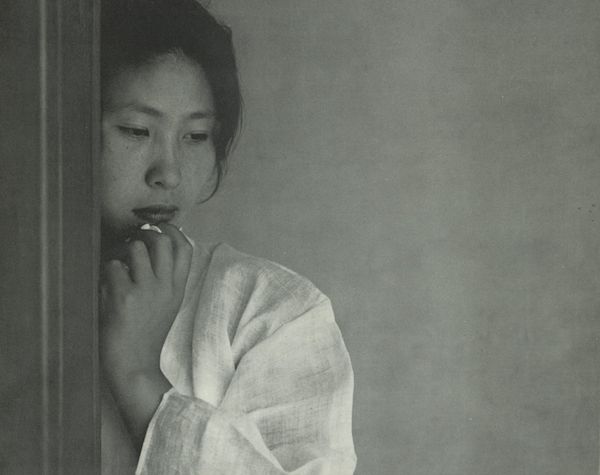
Even though I live there, I still only with difficulty perceive Northeast Asia through any lens not borrowed from Chris Marker. This owes mostly to the influence of dozens of viewings of Sans Soleil, his 1983 fact-and-fiction cinematic travelogue through places like Iceland, Cape Verde, San Francisco, and especially Japan, a feature-length realization of the peripatetic form of “essay film” he invented with 1955’s Sunday in Peking. Between that and Sans Soleil, he’d gone to Tokyo during the 1964 Olympics and come back with the materials for a 45-minute documentary about the titular young woman whom he happened to meet in the street there. Le Mystère Koumiko came out in 1965, just three years after his best-known work: La Jetée, the short drama of apocalypse, time travel, and memory made almost entirely out of still photographs.
But Marker also made it, camera in hand, to the Korean Peninsula as well — and the northern half of the Korean Peninsula at that. He’d accepted an invitation in 1957 to join a delegation of French journalists and intellectuals including Claude Lanzmann, Armand Gatti, and Jean-Claude Bonnardot: Lanzmann, so the legend has it, fell in with a nurse there. Gatti and Bonnardot, more productively, made the feature film, the first and only North Korean-French co-production, Moranbong (not to be confused with the North Korean girl group of the same name). Marker took the pictures that would, in 1962, appear as the photobook Coréennes, titled with the feminine form of the French noun meaning “Koreans.” It brings to mind — or at least brings to my mind — Marker’s quotable quote: “In another time I guess I would have been content with filming girls and cats. But you don’t choose your time.”
Had Marker’s time been the 19th century of travelers like Percival Lowell, he would have enjoyed nary a glimpse of Korea’s hidden-away womankind, let alone its strictly hidden-away young womankind, but this “prototype of the twenty-first-century man” (in the words of collaborator Alain Resnais) paid his visit in the middle of the twentieth. While he could and did photograph plenty of girls (though, apart from historical representations of Korea’s much-mythologized tiger, no cats), he also captured the images of a host of other North Korean citizens besides: children, scholars, soldiers, vendors, pranksters. The title of Coréennes‘ Korean edition, 북녘사람들 or “Northern People,” thus more accurately reflects the content of the book, although its English-language edition stuck, as many of the English-language releases of Marker’s movies have, with the original French one.
Read the whole thing at the Los Angeles Review of Books.